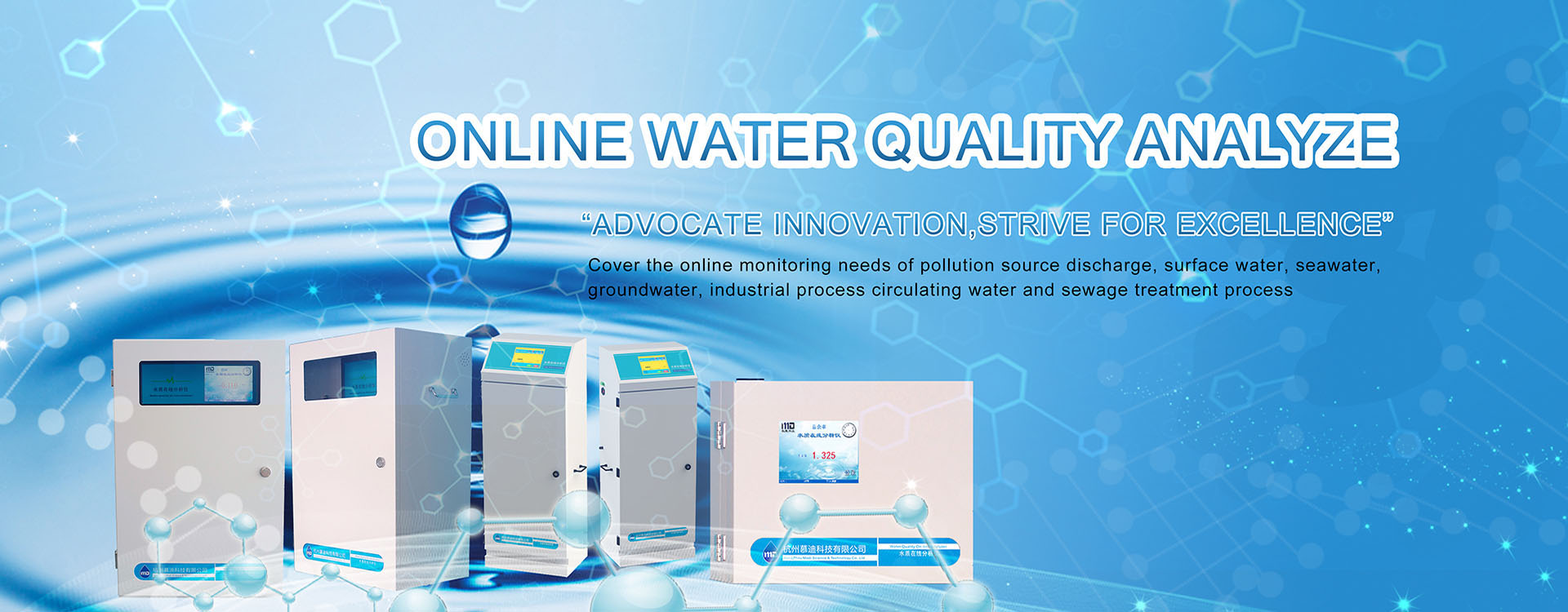The pollution of water quality has seriously damaged the ecological balance and brought a lot of harm to human beings. Therefore, the relevant departments have taken corresponding measures to monitor the water quality, so as to judge the degree of water pollution. So which bacteria can be tested to determine if the water is contaminated? This chapter water quality online monitoring instrument manufacturers to do a simple analysis with you!
What is E. Coli?
Escherichia coli, also known as Escherichia coli, was discovered by Escherich in 1885. Escherichia coli (EScherichia coli) is a conditional pathogen. Under certain conditions, it can cause gastrointestinal tract infection, urethra infection and other local tissues and organs in humans and animals. So in the field of water purification and sewage treatment, E. coli has long been chosen as an indicator of the degree of water pollution, indicating how much human feces is present in the water, measured by the Coliform index. The main rationale for using E. coli as a standard is that the number of coliform bacteria in human feces is much higher than that of pathogenic bacteria such as Salmonella typhi, which can cause typhoid, and that E. coli is mostly harmless and does not “escape” from the laboratory to harm humans. The use of E. coli as an indicator of fecal contamination can also lead to misleading conclusions, as E. coli can be present in large numbers in other environments, such as paper mills.
Test for E. coli to See If the Water is Contaminated by Faeces
Escherichia coli is easily detected in contaminated (especially faecal) water, and the indicator bacteria that judge that water may be contaminated by faecal bacteria are total Coliform, thermostable Coliform, and Escherichia coli. The “Sanitary Standard for Drinking Water” (GB 5749-2006) has made limit requirements for these three indicators.
As an indicator of fecal contamination, the detection of Escherichia coli is of great significance, and then the detection of heat-resistant coliform, the hygienic significance of total coliform will be worse. Therefore, the “Drinking water sanitation Standard” (GB5749-2006) requires that 100mL water samples should not be detected. In addition, if the total coliform is measured by the water coliform online analyzer, it is also necessary to perform heat-resistant coliform or E. coli testing. If the thermostable coliform or E. coli bacteria are detected in the water sample, it indicates that the water quality may be seriously contaminated, and corresponding measures must be taken!




